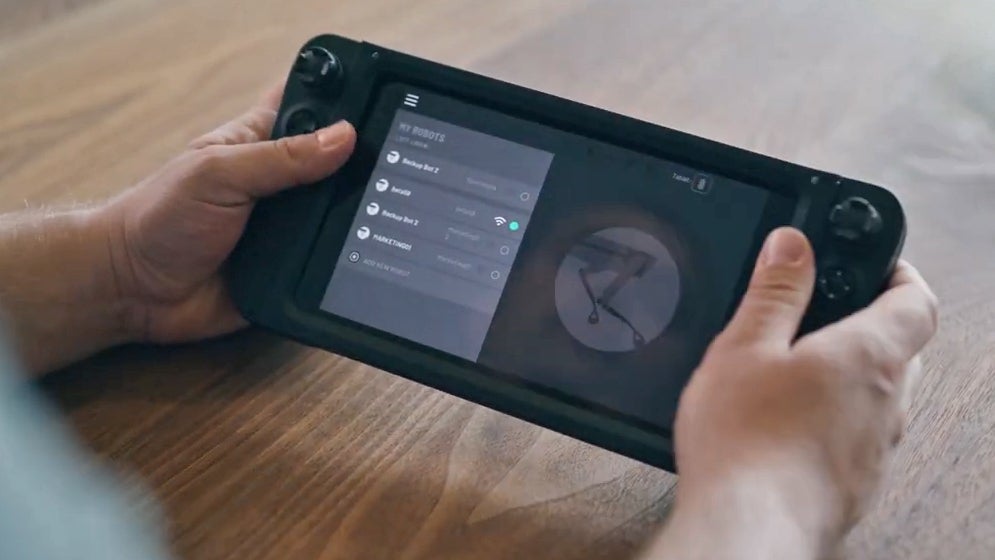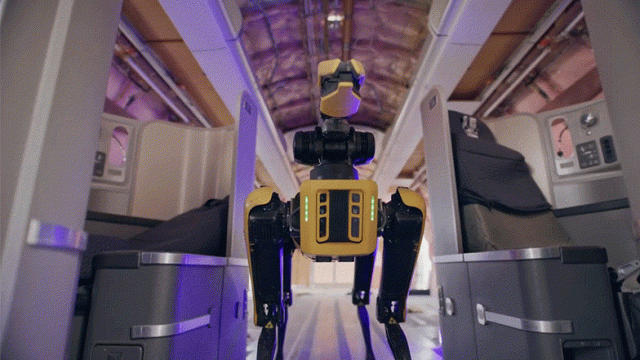Almost two years after it officially went on sale in the US for “commercial and industrial use,” Boston Dynamic’s robotic quadruped Spot is getting some upgrades that are mostly designed to improve the user experience for those behind the robot’s controls.
Spot is most often compared to a dog because of its size, how it walks on four legs, and its past restriction of only being able to view the world in black and white (a common misconception about real dogs). Oh, and also because it often works alongside cops. But Spot’s new upgrades sees the five stereo cameras located around its body, which are used to map its surroundings in 3D, getting a full colour with improved depth data and sharper images. It will potentially result in slight improvements in Spot’s autonomy, but will more likely see use as welcome upgrade for remote operators manually controlling the robot who will finally see the world in colour through Spot’s eyes the same way they do through their own.

Boston Dynamics is also upgrading the Spot tablet controller that is used to both manually manoeuvre the robot as well as program autonomous routes and tasks. The controller is now based on a Samsung tablet with a larger eight-inch touchscreen that boasts eight hours of battery life and improved ruggedness, drop protection, and weatherproofing, allowing it to be used in the rain if needed. And for Spot owners who’ve opted for the articulated Spot Arm, the new Spot tablet controller can be further upgraded with an attachment that adds physical joysticks and buttons, making it easier to navigate the robot’s movements while also controlling its arm and gripper.
Police applications aside, what makes Spot particularly useful for industrial and scientific applications is its design, which can accommodate custom payloads on its back that include everything from collections of advanced sensors to upgraded cameras to laser scanners that create detailed maps of everywhere it roams.
These payloads can be custom designed and developed by the customers themselves, but Boston Dynamics is also introducing two new payload options today. Spot CORE I/O improves the robot’s ability to “process data in the field for tasks including computer vision-based site inspections,” thanks to an Nvidia Jetson Xavier NX module powered by a six-core ARM processor and a dedicated GPU. The I/O payload also finally adds 5G connectivity to Spot, improving the robot’s ability to wirelessly share the data it collects when operated somewhere with reliable access to AT&T’s 5G network.
Boston Dynamics is also introducing a new way to improve wireless communications with Spot in areas with poor connectivity due to physical obstructions or RF interference. The Rajant Kinetic Mesh Radio Kit includes a Spot-mounted radio payload that works alongside three standalone mesh radios which you can set up around a site to create a secure network for the robot to operate within as large as 18,581 sq km. Spot is designed to operate in some of the harshest and most remote locations on the planet, and with this new kit, the risk of an operator losing contact or control with the robot and having to manually retrieve or rescue it should be greatly reduced.
